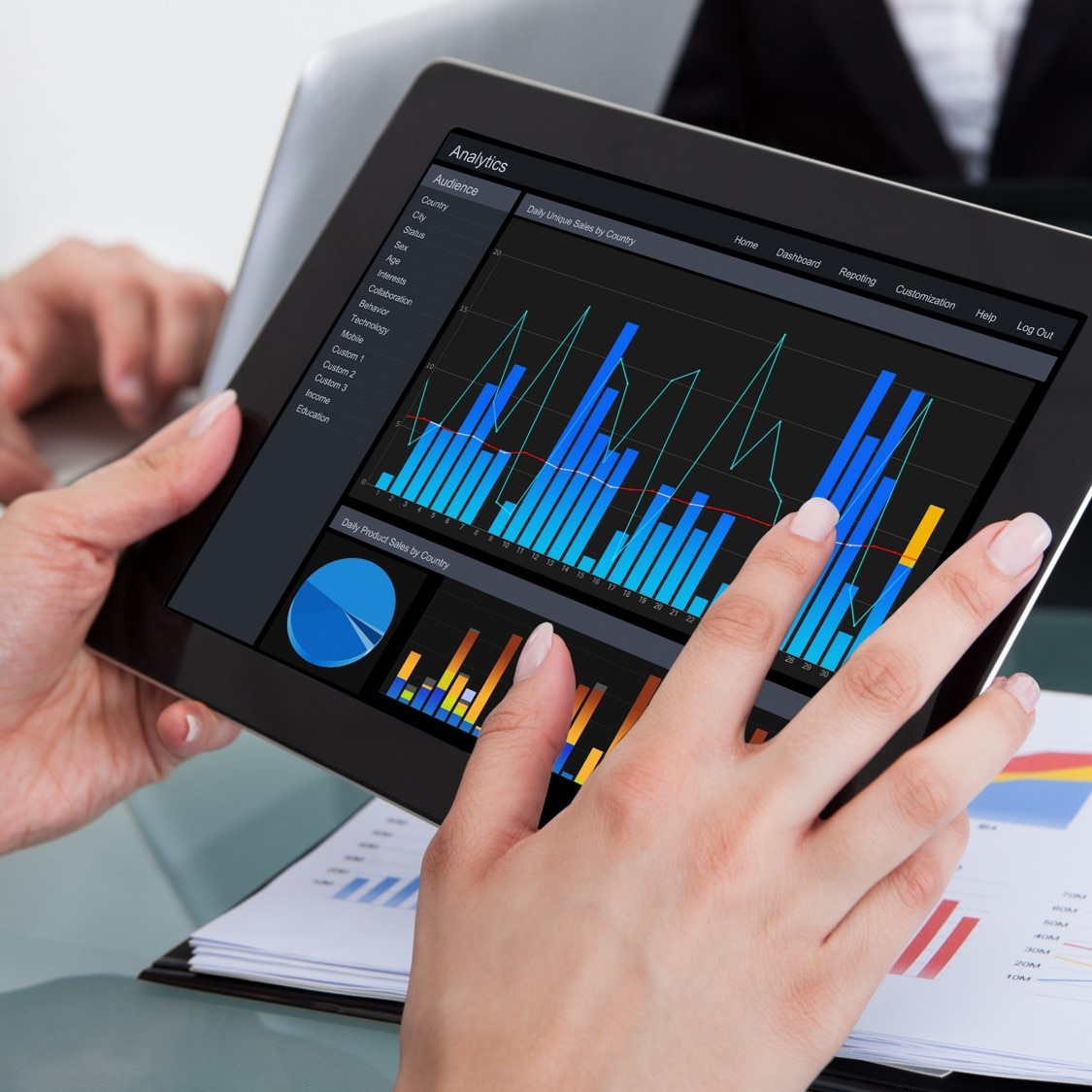Costing and cost transparency has been saved

Perspectives
Costing and cost transparency
Helping finance create business value
Many companies effectively analyze revenue along such dimensions as product, service, and customer. But costing data is another matter. This data is often poorly managed or not attributed to the right products, customers, or business units, which may lead to sub-optimal decisions. To improve performance, companies should aim for cost transparency—obtaining costing data that goes beyond what’s necessary for financial reporting or inventory valuation.
Explore content
- Obtaining good costing data
- The granularity gap
- Critical success factors
- The power of good costing data
- Related content
Obtaining good costing data
Obtaining transparent cost information isn’t easy. A combination of factors, including increased globalization and years of industry consolidation, have left many companies with a disparate array of financial systems and costing methods that make it extremely challenging to understand their financial data and achieve cost transparency. Moreover, for large organizations with multiple business lines, the move to a shared services model has often made attributing costs to products or customer groups challenging. This is primarily because they need to make changes to how costs are captured and then harmonize both data and allocation models across the organization. Complex supply chains that necessitate ongoing transfer pricing activities can also make it very difficult for companies to get an accurate view of true profitability.
In short, far from being transparent, cost data is murkier than ever. And what many financial executives want from their costing information is a long way from what they are getting.
Download the full report to learn more.
Looking to generate more value from your costing data? Get the conversation started
The granularity gap
For many organizations, getting cost data to a more granular level is one of the keys to arming managers with the insights they need to support strategic decision making—from segmenting customers to optimize sales and marketing strategies, to increasing accountability for operations and back-office functions. For example, if companies are able to examine costing data at the customer or product level, they can use this information to make adjustments that focus resources on areas that are the most profitable. The ideal unit of analysis for costing data varies by industry.
This desire for granularity is reinforced by our survey1 of financial executives: More than 50 percent of respondents either capture or desire to capture cost data at more granular levels, such as customer or distribution channels. But for those that do measure profitability at these more granular levels, their degree of satisfaction with profitability metrics decreases as the level of detail increases.
Low satisfaction levels may be indicative of challenges in obtaining meaningful cost information at greater levels of detail—for example, difficulties linking overhead costs to detailed cost objects (such as customers) or inadequate supporting technologies that require significant time and effort to manipulate data.
1Survey conducted between July and September 2014. Fifty-nine companies completed the survey. Surveyed companies were both domestic and multi-national in scope, though the vast majority of respondents (including multi-nationals) were from US-based operations.

Critical success factors for improving cost data
Most companies understand that they need to improve their costing information. In fact, 93 percent of survey respondents say they are, or will be, taking action to improve the quality of their cost information. However, only 4 percent say they are contemplating a switch in cost methods as part of their effort to improve their costing processes.
This corroborates what we have found in our own experience: The effectiveness of cost information is driven less by the cost method chosen, and more by the design and implementation of the cost allocation model used to support that method. This model, when tied to revenues, is the basis for measuring cost objects of interest to management (e.g., products, customers, projects). It also provides the rules used to assign revenue and costs to these objects and those used to evaluate profitability.
In order to gain better insights from their cost and profitability data, companies should:
- Start with the end in mind. Many companies waste significant resources trying to fix their data before understanding what they want to do with it and why it’s not delivering what they want. Executives, therefore, should agree at the outset not just on the business questions costing data needs to answer, but also on how they will be able to use cost and profitability insights to impact business value.
- Make your vision visual. Visual analytics is an effective way to convey cost data to management and support strategic decision making. It starts with a sketch—also referred to as a “wireframe”—that maps out what an ideal portal or information dashboard might look like if it were designed to answer critical questions the organization has identified. Once the wireframes are finalized, improvement teams can build a rapid working prototype of the visual analytic portal with real data that can answer real questions.
- Don’t try to boil the ocean. Rather than trying to answer every costing question, gain an understanding of cost issues and what needs to be fixed. A visual analytics prototype doesn’t identify only what’s not working; it identifies what is—and leverages this to generate quick value. Building and launching a new cost and profitability model for the entire organization all at once isn’t always the right answer. An effective approach may be to choose a specific business issue, preferably one that will yield significant value once addressed.
- Analyze your cost DNA. An analytics prototype can show where the data issues are and what should be addressed, particularly when broken into four basic elements: data structure, product and service costing methods, cost capture, and cost and profitability models. If the company can get each of these elements right, its data should be able to deliver the value it’s looking for.

The power of good costing data
Despite many companies’ desires to improve their cost systems, it can be a challenge to find the resources needed in the face of competing priorities. Our survey results show that resource limitations and perceived cost and/or complexity are the top barriers to improving cost information. Based on our experience, companies that are effective in this area have used pilot projects to generate valuable and actionable costing information that garners support for a broader initiative. We have also seen companies tie their cost information improvement initiative in with other organization-wide efforts, such as cost-reduction and margin improvement programs, ERP implementations, and new product or service rollouts, to raise the visibility of the initiative and convince stakeholders of the benefits it’s capable of delivering.
An effective cost and profitability model allows finance to partner with the business and answer a host of questions without the need for complex and manual data manipulation. Armed with better tools, such as visual analytic portals, the company will have the information it needs to make better strategic decisions and generate more value from its costing data.


Recommendations
CFO Journal from The Wall Street Journal
Deloitte Module
Center for Controllership™ Digest
Get our latest insights




